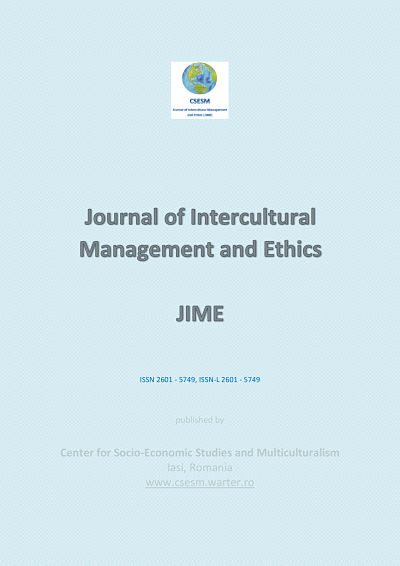SACRED RITUALS, THE BODY'S RELIGIOUS SYMBOLISM AND HUMAN TRAFFICKING
SACRED RITUALS, THE BODY'S RELIGIOUS SYMBOLISM AND HUMAN TRAFFICKING
Author(s): Cristina Gavriluţă, Nicu GavriluţăSubject(s): Anthropology, Education, Ethics / Practical Philosophy, Socio-Economic Research
Published by: Center for Socio-Economic Studies and Multiculturalism
Keywords: body; representation; control; authority; power; sacred; desacralisation;
Summary/Abstract: This text assumes a socio-anthropological perspective on human trafficking. Thus, the trafficking phenomenon proves to be at the heart of an entire set of symbols and social representations that have as their subject the human body. In order to prove this, we believe that studying the ways the body is assigned value in religious societies makes it possible to understand certain current deviant phenomena, such as human trafficking. Moreover, placing the body in a dual discourse of the "religious/secular" type allows the cultural dimension of the body to be understood, irrespective of the social circumstances the latter operates in. Obviously, the paradigm ¬– inspired by Michel Foucault's writings – we have applied in this work allows us to descend into the universe of the body, thus letting us focus on a whole range of body-related modalities and practices. They form a veritable code or mark of inter-human relations, as well as being a mirror for our positioning within the world and in relation to our own bodies. In our perspective, the assumption of the body's sacred and symbolic dimensions may become an essential key for improving control and for increasing the authorities' effectiveness in preventing, fighting and reducing human trafficking.
Journal: Journal of Intercultural Management and Ethics
- Issue Year: 1/2018
- Issue No: 2
- Page Range: 57-65
- Page Count: 9
- Language: English

